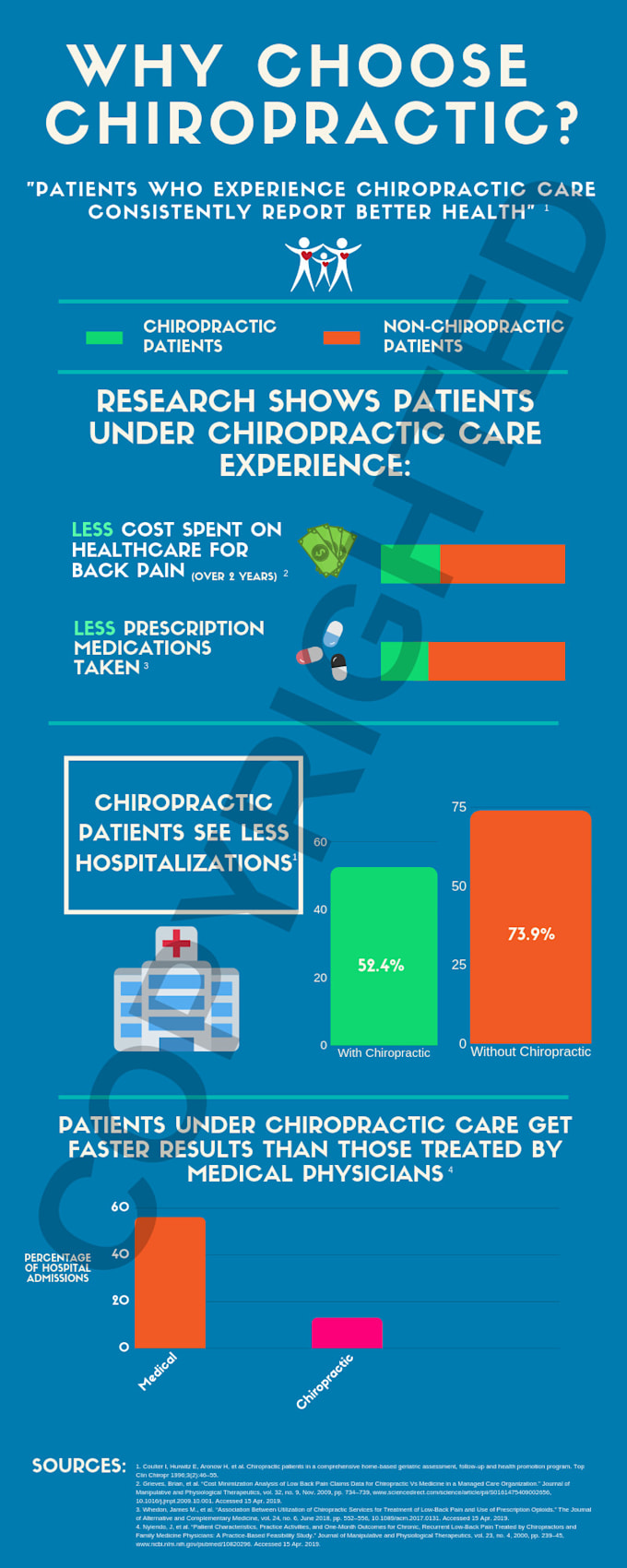Decoding The Scientific Research Of Cold Laser Therapy: Discovering Its Systems And Consequences
Decoding The Scientific Research Of Cold Laser Therapy: Discovering Its Systems And Consequences
Blog Article
Post Developed By-Walls Pedersen
You may have come across cold laser treatment as an appealing treatment alternative for different problems, yet have you ever before wondered exactly how it actually deals with a mobile level? Recognizing inch reduction therapy behind this therapy can shed light on its performance in advertising recovery and lowering inflammation. By exploring the science behind cold laser therapy, you'll acquire understandings into the fascinating methods which light can influence cellular procedures and facilitate tissue fixing.
Exactly How Cold Laser Treatment Works
To recognize exactly how cold laser therapy works, you need to realize the fundamental concepts of how light power interacts with biological tissues. Cold laser treatment, likewise called low-level laser therapy (LLLT), uses certain wavelengths of light to pass through the skin and target underlying cells. Unlike https://marioqkezs.idblogz.com/30765945/if-you-aspire-to-locate-a-discomfort-alleviation-option-that-doesn-t-involve-intrusive-approaches-cold-laser-therapy-could-simply-be-the-solution-explore-exactly-how-it-can-change-your-approach-to-health used in procedures, cold lasers release reduced degrees of light that do not generate warm or trigger damage to the cells.
When these mild light waves get to the cells, they're absorbed by parts called chromophores, such as cytochrome c oxidase in mitochondria. This absorption causes a collection of organic feedbacks, consisting of raised cellular power production and the launch of nitric oxide, which boosts blood circulation and minimizes inflammation.
Moreover, the light power can likewise boost the manufacturing of adenosine triphosphate (ATP), the energy currency of cells, aiding in cellular repair service and regeneration procedures.
In essence, cold laser therapy uses the power of light energy to advertise healing and relieve pain in a non-invasive and mild way.
Mechanisms of Activity
Exactly how does cold laser therapy actually function to create its restorative impacts on organic tissues?
Cold laser treatment, likewise called low-level laser therapy (LLLT), operates with a procedure referred to as photobiomodulation. When the cold laser is related to the skin, the light energy permeates the tissues and is soaked up by chromophores within the cells.
These chromophores, such as cytochrome c oxidase in the mitochondria, are then stimulated by the light power, causing a waterfall of organic reactions. One key system of activity is the improvement of mobile metabolism.
The soaked up light energy increases ATP manufacturing in the mitochondria, which is critical for mobile feature and fixing. Furthermore, cold laser therapy helps to minimize swelling by preventing inflammatory moderators and advertising the launch of anti-inflammatory cytokines.
This anti-inflammatory effect contributes to discomfort alleviation and tissue recovery.
Healing Impacts
Recognizing the healing effects of cold laser therapy entails identifying how the boosted cellular metabolic process and anti-inflammatory buildings add to its favorable end results on organic cells.
When the cold laser is related to the damaged location, it promotes the mitochondria within the cells, bring about raised production of adenosine triphosphate (ATP), which is important for cellular feature and repair. This increase in cellular energy increases the recovery process by promoting cells regeneration and lowering swelling.
Additionally, the anti-inflammatory residential or commercial properties of cold laser treatment assistance to lower pain and swelling in the targeted area. By hindering inflammatory arbitrators and advertising the release of anti-inflammatory cytokines, cold laser therapy help in relieving pain and enhancing the total recovery reaction.
This decrease in swelling not only supplies immediate relief however also sustains lasting cells repair work.
Conclusion
Finally, cold laser therapy works by boosting mobile repair and tissue regeneration with photobiomodulation. Its anti-inflammatory buildings provide discomfort alleviation and minimize swelling by preventing inflammatory conciliators.
This treatment uses a thorough strategy to recovery, providing both prompt relief and long-term cells repair work advantages.
Via its mechanisms of action, cold laser treatment shows to be a reliable and appealing therapy choice for a variety of problems.
